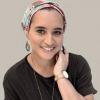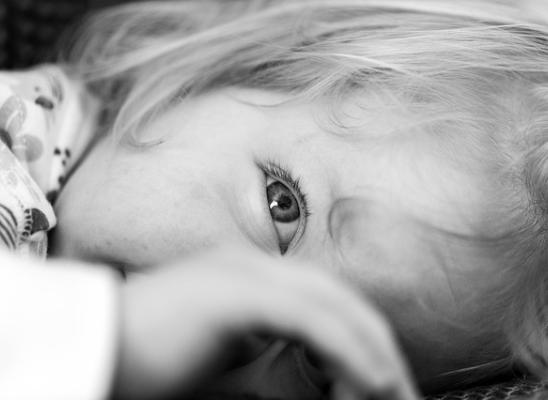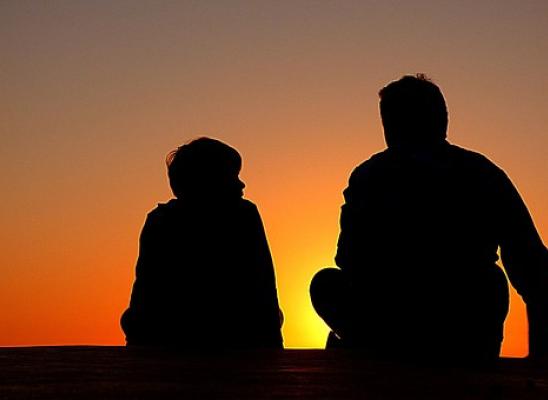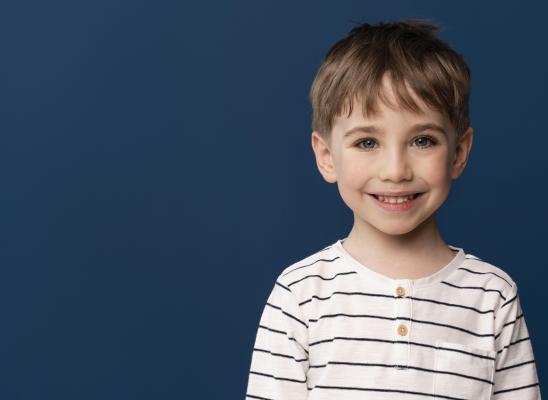A Mini-guide to Trichotillomania in Children and Adolescence

Online test
Find out the severity of your symptoms with this free online test
Trichotillomania is the medical term for a disorder that involves a recurrent and irresistible urge to pull out hair from the scalp, eyebrows, eyelashes and other parts of the body, typically resulting in noticeable bald patches. It is estimated to affect 1-2 percent of the population (about 4-11 million Americans) and the disorder can affect people of any age, but it often begins in childhood and adolescence. For some children, trichotillomania may mild, but for others the compulsive urge to pull hair is overwhelming, which leads to significant distress and can interfere with social functioning. The majority of children who have been diagnosed with the disorder often pull out their hair one strand at a time and they will often inspect or play with the strand of hair after pulling it out, and about half of those with trichotillomania put the hair in their mouth after pulling it.
Signs & Symptoms of Trichotillomania
It is often easier to recognize trichotillomania in teenagers and young adults than in children and adolescents, because it is common for young children to pull at their hair during a tantrum. So, it is essential to distinguish between hair pulling that is a tantrum and a comforting habit. In order for a children to be diagnosed with trichotillomania they must meet certain criteria, which includes:
- repeatedly pulling out hair that results in noticeable hair loss
- repeated attempts for them to stop pulling out their hair
- the hair pulling causes additional distress at school or in social situations, and
- the hair loss is not due to another skin or medical condition, or the symptom of another mental disorder.
For children and adolescents with trichotillomania, hair pulling is focused and/or automatic. When it is focused, the children who pull their hair intentionally do so as a way to relieve distress or tension. For example, they will pull their hair out as a relief for their overwhelming urge to pull hair and they may develop a ritual for hair pulling, such as finding the right hair to pull. When hair pulling is automatic, children will pull out their hair without even realizing they are doing it. For example, pulling hair while reading, watching television or when bored. Children may also do both focused and automatic hair pulling, depending on their situation and their mood.
Most children who have trichotillomania will also bite their nails, chew their lips, pick their skin and they may pull hair from dolls/toys and pets or pick at clothes and blankets in search of hairs. They typically pull hair in private and usually try to hide it from parents, friends and other family members. Other signs and symptoms of trichotillomania usually includes:
- Increased tension just before pulling or when they try to resist pulling
- A noticeable sense of pleasure or relief after hair pulling
- Repeatedly pulling out hair, especially from the scalp
- Thinned, bald or shortened areas of hair on the scalp and/or missing eyebrows or eyelashes
- Biting, chewing or eating pulled-out hair-pulling
- Playing with hair that is pulled out or rubbing it across their lips or face
Problems Relating to Hair Pulling
One of the primary concerns when determining the cause of hair pulling in children is to rule out any other problems that may be related  to or the cause of hair loss. For example, medical conditions, such as tinea capitis and alopecia areata are first ruled out. The child's physician will also question and test how the child is functioning from both parents and teachers, in order to determine if the hair playing is related to stress. Hair pulling in children often includes the following features, which also helps to determine if the hair pulling is a habit:
to or the cause of hair loss. For example, medical conditions, such as tinea capitis and alopecia areata are first ruled out. The child's physician will also question and test how the child is functioning from both parents and teachers, in order to determine if the hair playing is related to stress. Hair pulling in children often includes the following features, which also helps to determine if the hair pulling is a habit:
- Babies aged 1 month to 2 years-hair pulling during this age is typically a self-comforting habit and it usually goes along with thumb sucking. The child will find this relaxing and typically engages in the behavior before falling asleep or when they are distressed.
- Toddlers aged 2 to 5 years-if a child has been pulling their hair since infancy, at this age they will be in the habit of doing it without thinking. When they are about the age of three, the child can tell when their parents are reacting to what they are doing, so if the parent becomes upset or worried, the child will learn to do this as a way of getting attention for their behavior.
- School aged 5 to 12 years- trichotillomania at this age may be a simple habit or a sign that the child is anxious or under stress. When children start pulling their hair at this age, there is typically other causes for the problem, which may be school-related stress and/or an indication that something is worrying the child. It is often difficult for children at this age to put their feelings or troubles into words so they may pull hair as a form of relief for their stresses. They often pull eyebrows or eyelashes at this age and they usually become more secretive about pulling out their hair.
- Adolescence aged 12 to 18 years- trichotillomania in adolescence is often similar to another childhood behavior known as obsessive compulsive disorder (OCD), which can cause the teenage to develop rigid rituals. It may also be part of their struggle for independence, a symptom of anxiety or an expression of rebellion.
Treatment
Trichotillomania is a chronic disorder and without treatment the symptoms can vary in severity over time. For example, in young adult women, the hormonal changes of menstruation may worsen the symptoms. For most children/adolescents, if not treated, the symptoms can come and go for weeks, months, even years at a time, but rarely does hair pulling end within a few years after starting. Some treatments used for trichotillomania may include:
- Psychotherapy, which is a form of habit reversal thinking. This form of therapy helps the child learn how to recognize situations where they are likely to pull hair and substitute other behaviors instead.
- Cognitive therapy, which is designed to help the child challenge and examine their distorted beliefs they may have in relation to the hair pulling.
- Medications are not prescribed specifically for the hair pulling act, but may be prescribed for symptoms and/or other conditions relating to the hair pulling. For example, anti-anxiety medications may be prescribed for children who also display symptoms of anxiety. Antidepressants are sometimes used as well in order to relieve the symptoms of depression, which may lead to the acts of hair pulling.
Latest Research
 In a recent study, 15 females and 8 males (23 children and adolescents) aged 6-18 years, with a diagnosis of trichotillomania were followed through an outpatient clinic. The study was used to determine if/what co-occuring (concurrent) or comorbid (one or more additional) psychiatric disorders may be associated with the trichotillomania diagnosis. 65.2 percent of those in the study reported precipitating stress factors before their trichotillomania symptoms had begun. Of the 23 children/adolescents, 19 suffered at least one psychiatric disorder, while 14 suffered from at least two psychiatric disorders. The most common comorbid disorders included:
In a recent study, 15 females and 8 males (23 children and adolescents) aged 6-18 years, with a diagnosis of trichotillomania were followed through an outpatient clinic. The study was used to determine if/what co-occuring (concurrent) or comorbid (one or more additional) psychiatric disorders may be associated with the trichotillomania diagnosis. 65.2 percent of those in the study reported precipitating stress factors before their trichotillomania symptoms had begun. Of the 23 children/adolescents, 19 suffered at least one psychiatric disorder, while 14 suffered from at least two psychiatric disorders. The most common comorbid disorders included:
Anxiety disorders (15)
Disruptive behavioral disorders (6)
Tic disorder (3)
Enuresis nocturna (3)
The study concluded that those participating were found to have high rates of comorbid psychiatric disorders also revealed that the scalp was the most commonly affected area and the average duration of the symptoms was 7 months.
It is important to understand that research on the treatment of trichotillomania is very limited and the exact cause of trichotillomania, especially in children is unclear. However, like most complex disorder, trichotillomania most likely is the result of other genetic and/or environmental factors. It is also essential to know that abnormalities in the natural brain chemicals dopamine and serotonin may play an important role in trichotillomania.
Online test
Find out the severity of your symptoms with this free online test
Start your journey with TrichStop
Take control of your life and find freedom from hair pulling through professional therapy and evidence-based behavioral techniques.
Start Now



